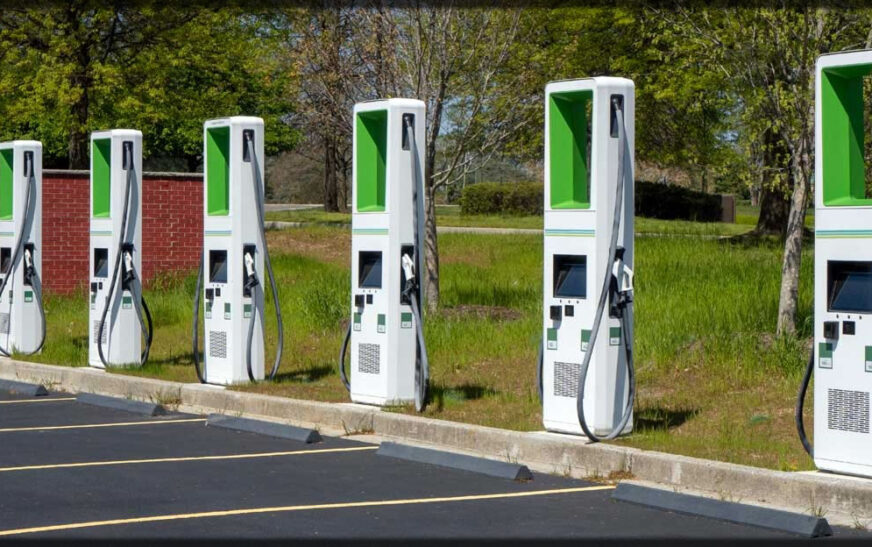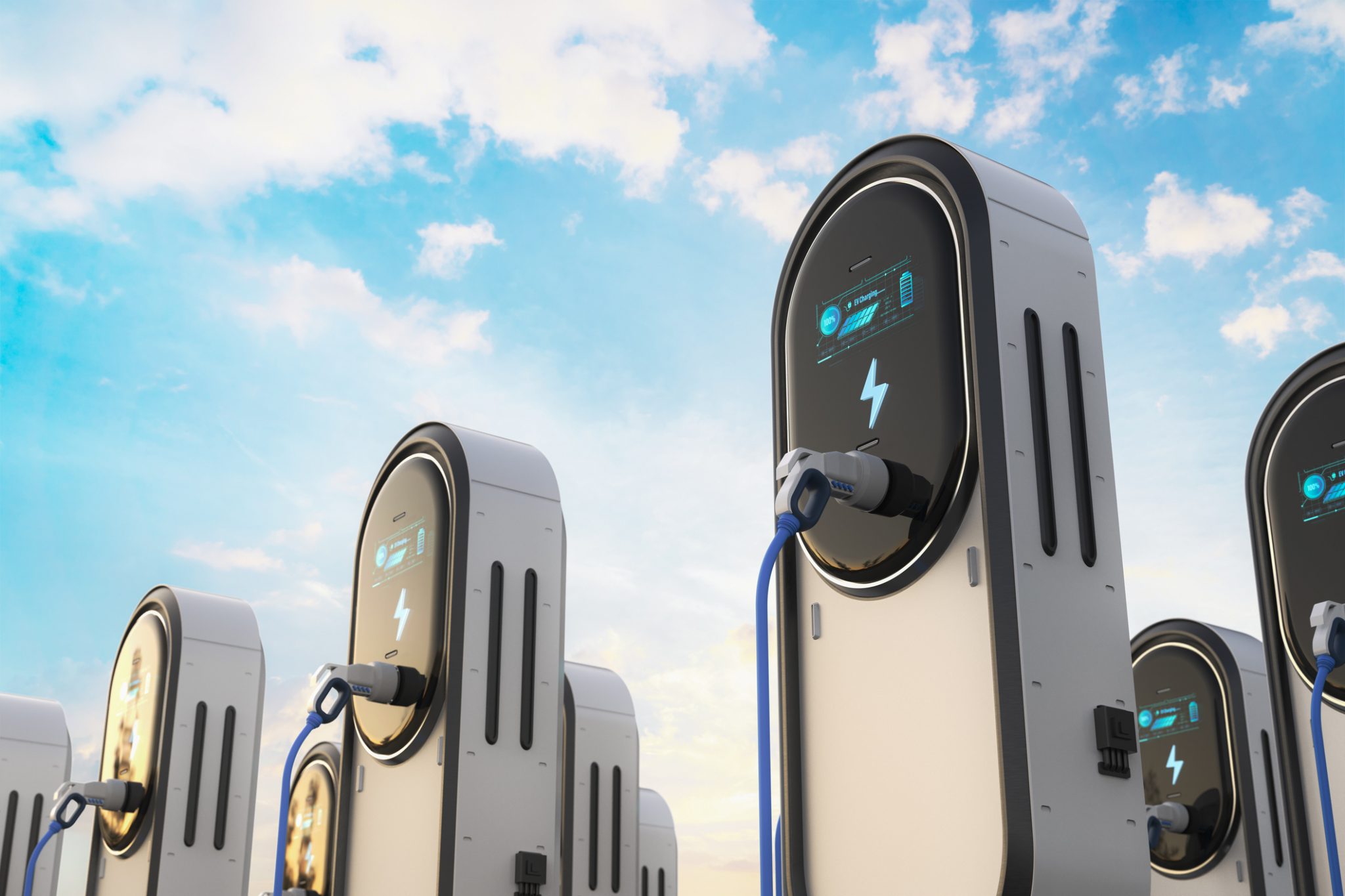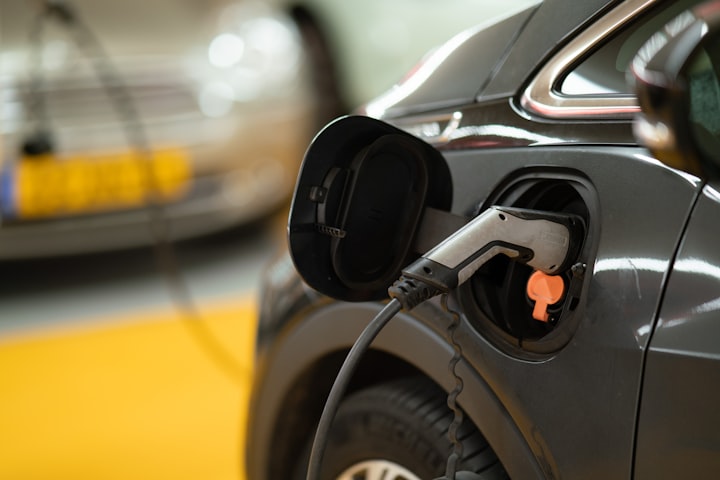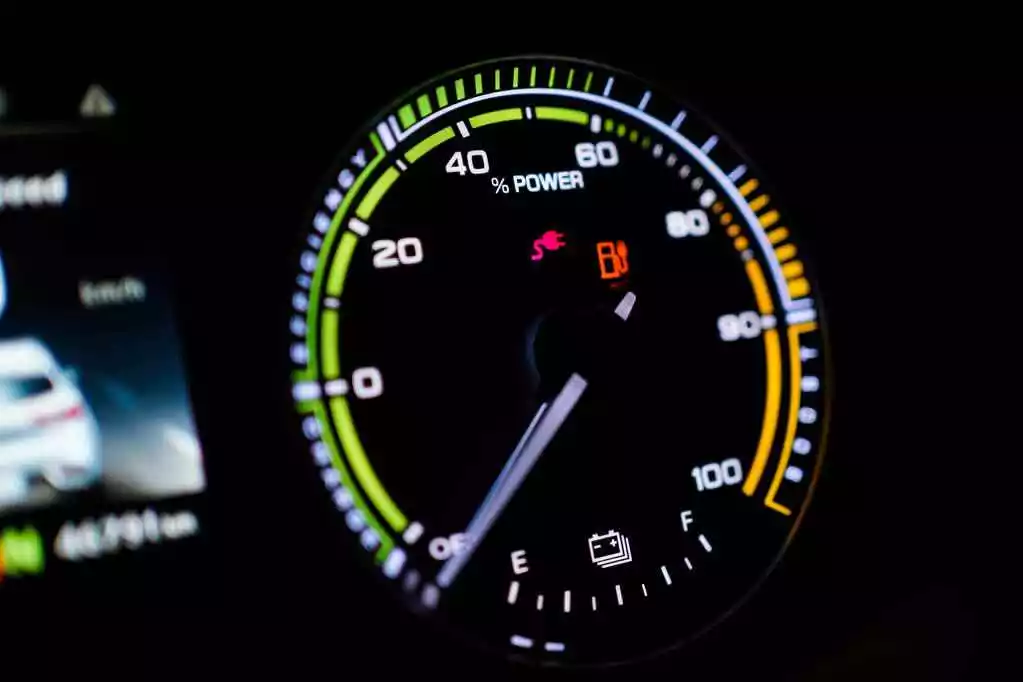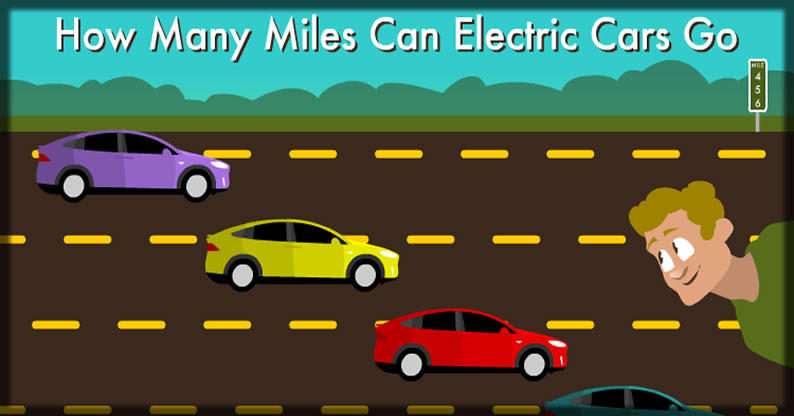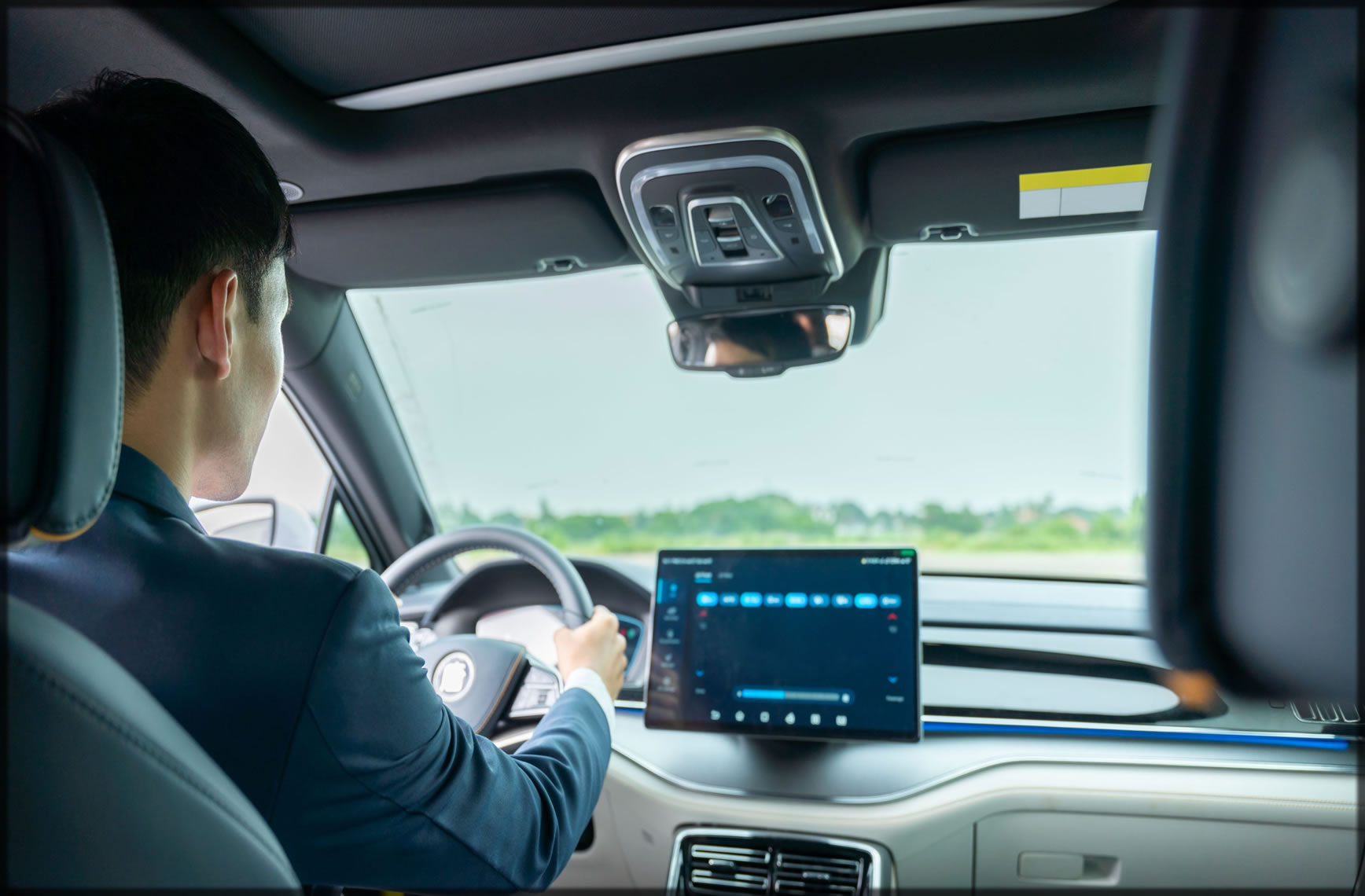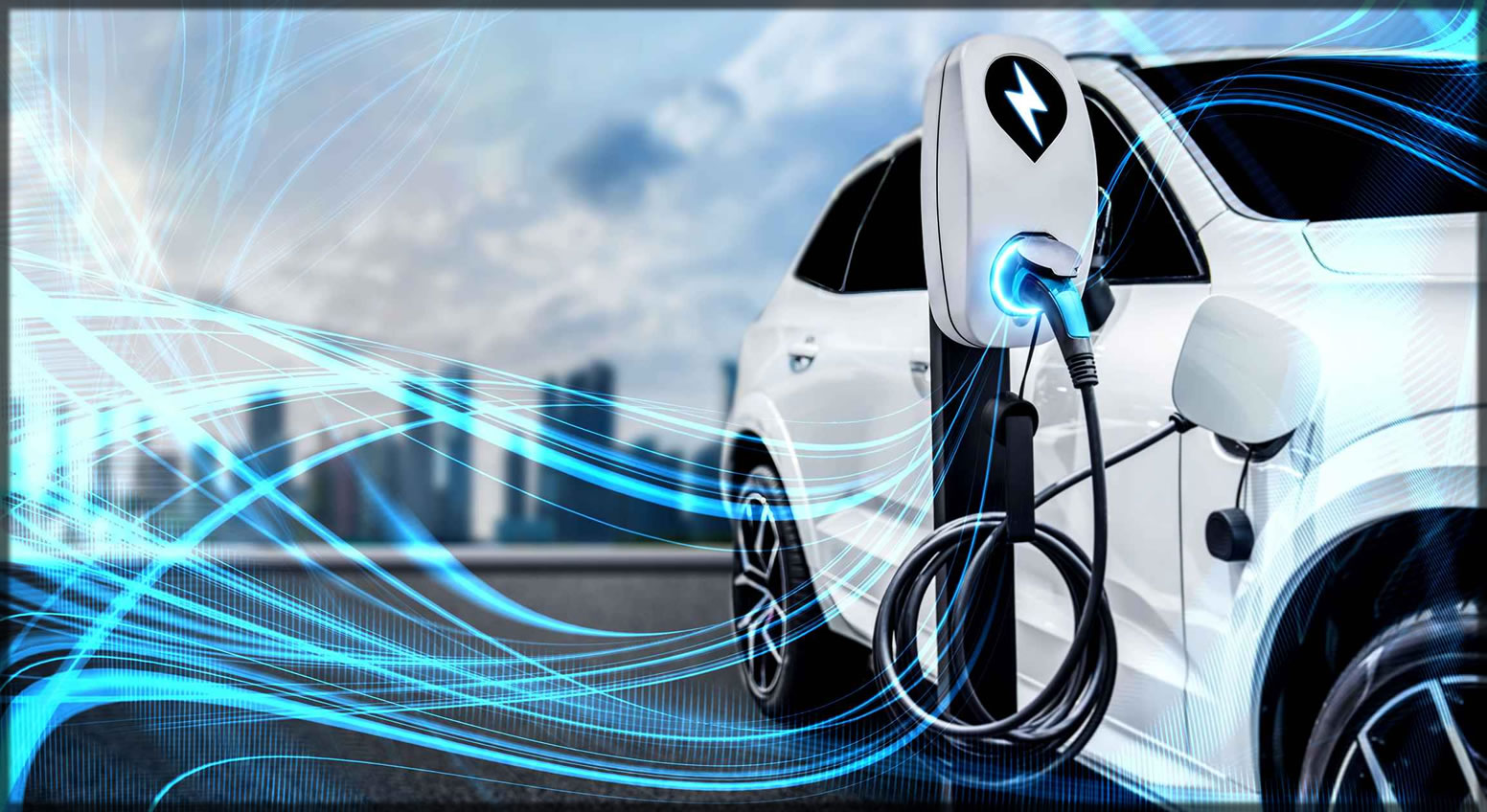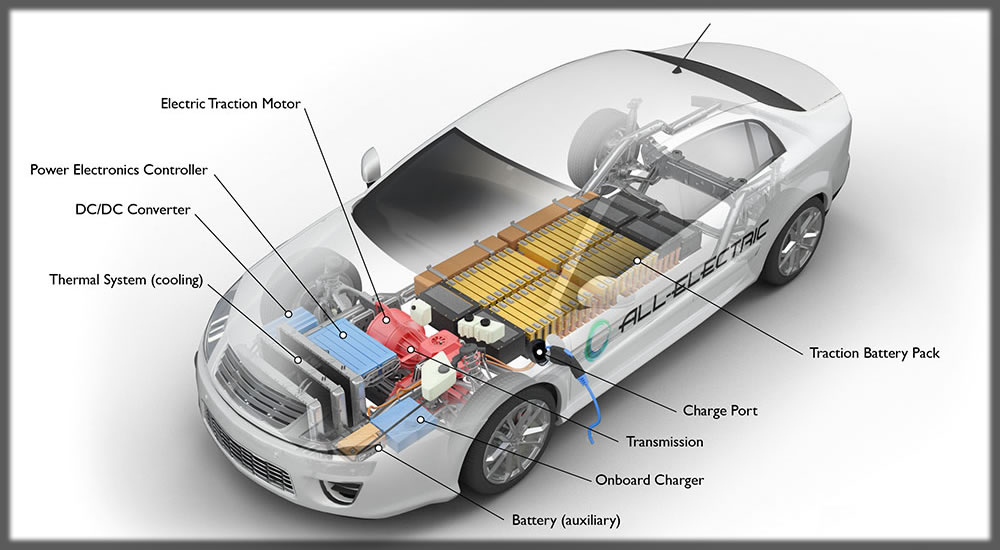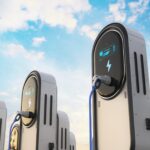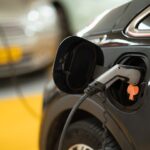Everything About EV Charging Stations. As demand for electric cars continues to rise, information about EV charging stations is critical for both present and future owners of EVs. Charging infrastructure is critical for having EVs become a convenient and feasible alternative for car owners. All about EV charging stations, such as types, pricing, charging times, availability in networks, installation, and future trends, is addressed in detail in this article.
What are the types of EV charging stations?
Electric car charging terminals can be grouped under three general categories in terms of output and charging speed.
What is Level 1 charging?
Level 1 charging (120V) utilizes a standard household outlet and adds range at a rate of about 3-5 miles per hour. Level 1 charging is best for overnight residential charging and best for plug-in hybrid EVs and for owners with short trips. There is no installation, and it is thus most convenient form of charging.
What is Level 2 charging?
Level 2 charging (240V) involves a stand-alone home charging unit, a public charging station, or access to one at work and in public spaces. Level 2 charging is twice as quick, with 20-40 miles added for each hour of charging. Installation must be professionally completed for use at home, and Level 2 can be installed in work and public spaces. Most cars have smart capabilities including scheduling, remote access, and tracking of energy consumption.
What is Level 3 (DC Fast Charging)?
Highways, malls, and city centers have Level 3 (DC Fast Charging). Level 3 (DC Fast Charging) recharges 100-250+ miles in 20-45 minutes with high-speed charging. Tesla Superchargers, Electrify America, and ChargePoint have widespread networks of Level 3 (fast-charging locations). Level 3 (fast-charging locations) are high in cost and installed in commercial locations in most instances.
Is it best to Charge at Home or Public Charge?
What are the benefits of home charging? Home charging is most convenient and cheapest for daily use. Having a Level 2 charger at your home permits overnight charging, with a full tank in the morning. EV owners can use off-peak tariffs for lowered expenses. Home charger installation is accompanied with rebates and incentives in most utility companies, and smart chargers permit integration with renewable sources like solar panels.
How and when to use public charging?
Public charging is best for long trips and for urban citizens who lack in-home charging access. By region, availability varies, but networks extend worldwide with continuous development. Some networks have memberships, and pay-by-use options for others. Public charging is generally more costly compared to in-home charging, but with rapid refuelings involved. Public charging locations, including malls, office buildings, and restaurants, have numerous locations for increased ease of use.
How Much Do Electric Car Chargers Cost?
How much will I pay for charging at home? Home charging will range in price with your utility rates, between $0.10 and $0.30 per unit (kilowatt-hour, or kWh). To charge a battery will run between $5 and $15 for most vehicles. Owners can save even more with a time-of-use (TOU) pricing schedule, in which owners can charge during off-peak hours.
How much is public charging?
Public charging varies in price with providers, location, and charging speed in consideration. Typical pay-by-use pricing varies between $0.25 and $0.69 per kWh. Frequent use can enjoy reduced pricing through subscription programs with certain networks. Certain companies and employers even have free charging incentives included. High-speed DC quick chargers will most frequently cost more than Level 2 chargers, with high-speed charging in consideration.
The largest EV charging networks include:
What is Tesla’s Supercharger network?
Tesla’s Supercharger network is Tesla-only, but a handful have recently added compatibility with other companies, Tesla’s Superchargers have one of the most rapid charging capacities, at 250 kW, and a plug-and-play ease of use. Its have been installed in locations intended to enable long-distance driving for Tesla owners.
What is Electrify America?
Electrify America is a coast-to-coast corridor that is accessible to any EV producer and offering 350 kW DC Fast Charging. It is pay-by-use and subscription pricing and is developing at a quick pace, specifically in high-way corridors.
What is ChargePoint?
ChargePoint is a large network with Level 2 and DC Fast chargers for residential, workplace, and public locations. It subscribes and pay-by-use and both integrates with and commercial and fleet charging options.
What is EVgo?
EVgo is a high-speed, urban-focussed DC fast-charging expert with competitive pricing and subscription offerings and an environmentally friendly platform, powering its operations with 100% renewable sources.
How Do I Get an Electric Car?
Are there any charging location-finding apps? There are, and finding charging locations is facilitated with certain mobile apps. The app is community-driven and reflects real-time availability at stops. ChargePoint’s app posts locations, availability, and price for its network. Electrify America’s app allows one to search and manage quick chargers in high-priority highways. Tesla’s app is useful for finding Supercharger and destination charger locations. Both Google and Apple have locations for charging stations for EVs with feedback and routing options for users.
What is the future of EV charging?
What new charging technology is under development? Electric car charging technology is developing at a quick pace with new technology concentrated on efficiency and ease of use enhancements. Solutions for rapid charging are under development, with future-generation rapid chargers with over 400 kW capabilities in development. There is even new technology for contactless charging, with EVs powered through contactless charging plates.
What is V2G technology?
V2G technology enables EVs to sell power to the grid and can contribute to renewable integration and grid balancing demand.
What is battery swap technology?
Battery swap technology, developed first through companies such as NIO, presents a charging alternative in that it enables drivers to swap out exhausted batteries with full ones in a matter of minutes.
Are solar-powered charging stations real?
Solar-powered charging stations have gained widespread acceptance, providing off-grid and renewable charging for EV owners.

Conclusion
Electric car charging stations are a part and parcel of an electric car infrastructure. Having an awareness about types of chargers, pricing, and networks will allow EV owners to plan charging needs effectively. With technology in charging moving at a breakneck speed and infrastructure developing, driving an EV is a matter of ease and comfort today. Charming at your residence, at a public charging station, and having information at your fingertips will make for a convenient and budgeted EV journey. The future of EV charging seems brighter, with ongoing development in technology, efficiency, and efficiency, and becoming easier, quick, and environmentally friendly for drivers worldwide.

